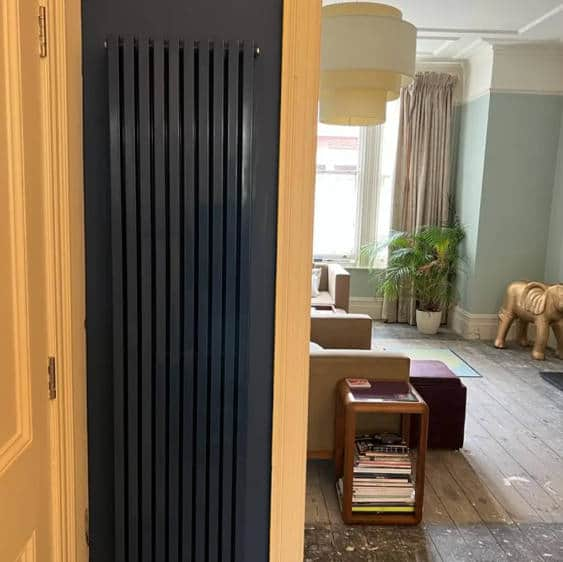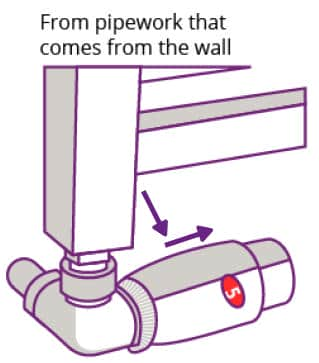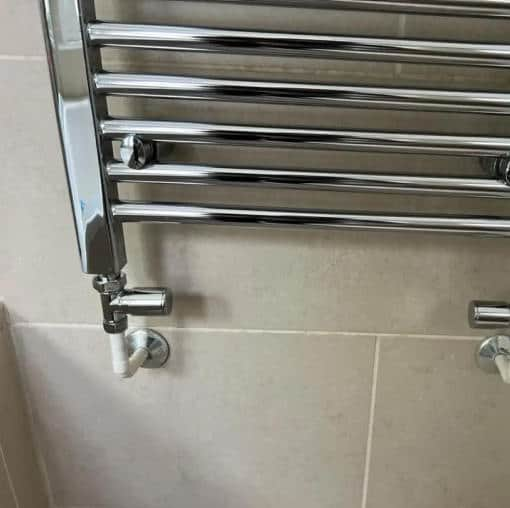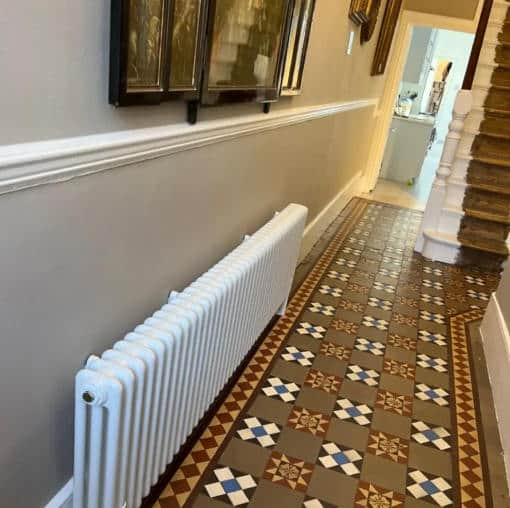Following on from our guide to the types of radiator valves that covers the differences between, thermostatic, manual, and smart valves, we now take a look at the different valve fittings available – straight, angled, and corner.
As we know, a radiator valve is a crucial component in a heating system, particularly in hydronic or central heating systems. Its primary function is to control the flow of hot water into the radiator, thereby regulating the amount of heat emitted into a room. Radiator valves are essential for maintaining a comfortable and energy-efficient indoor temperature as they allow for zone heating, enabling you to heat different areas or rooms of a building independently. This helps save energy by only heating occupied spaces.
Radiator valves can be fitted using several valve fittings. Which type of fitting you choose will be dependent on the configuration of your radiator and the location of the pipes. Your choice will be between straight, angled, or corner valves to ensure a proper fit. Here is a breakdown of the different types of valve fittings, along with examples of where and why you would need them:
Corner radiator valve
Design:
Corner valves are designed to fit in the corner of a room. They have a 90-degree bend like angled valves but are specifically made for corner-mounted radiators.
Suitable for:
Corner valves are used when radiators are placed in room corners, allowing for efficient pipe routing without obstructing the room’s layout.
Example:
In a living room where a radiator is positioned in the corner to maximise space utilisation.
While corner valves are less commonplace than angled valves, they are worth considering if you are looking for a streamlined look or a specific vision for your room. Corner valves are suited for the same pipework as angled valves except they cannot be used for floor pipework. Instead, angled valves are consigned to wall-based connections only – these are often preferred in modern homes anyway.

